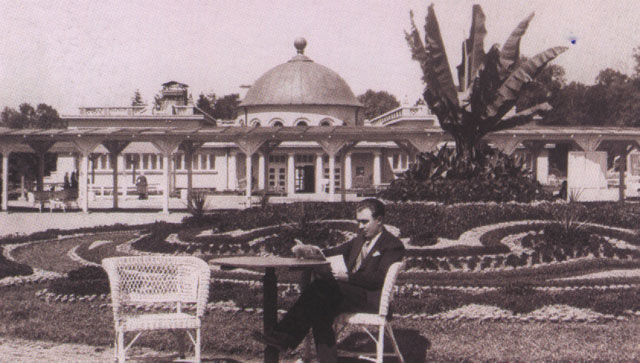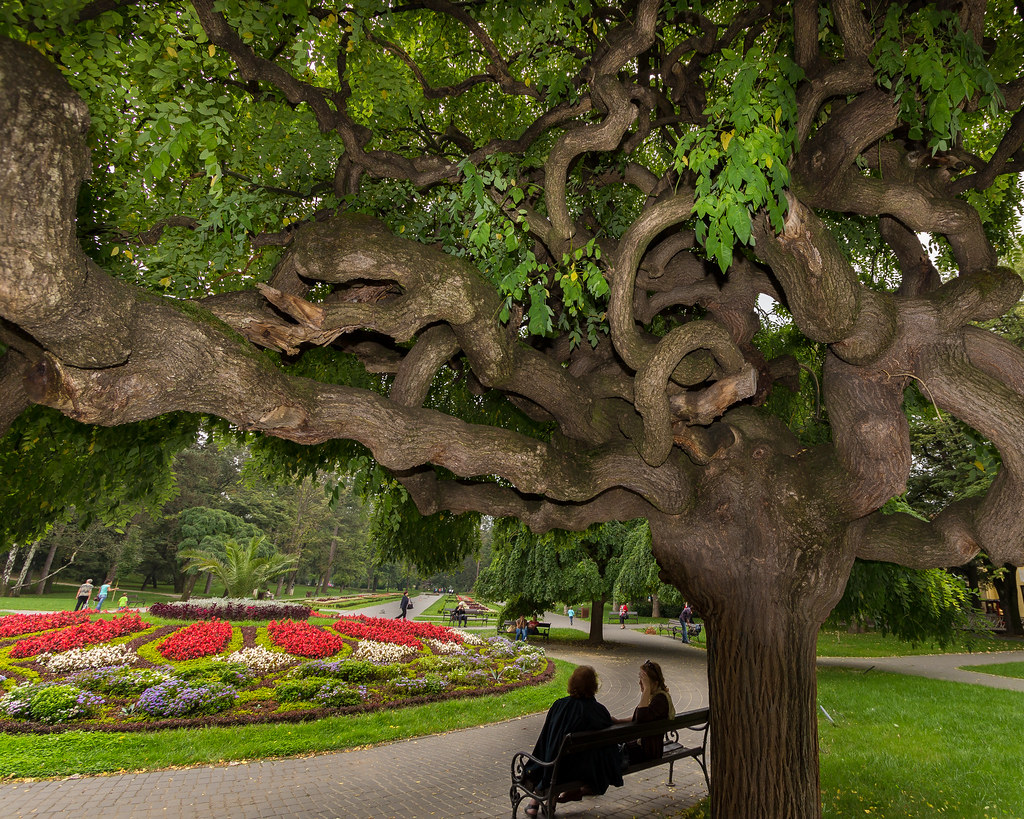Through the memory lane of Vrnjacka banja & its significance
We present you the queen of spas through its rich history, natural resources and tourist attractions.
The queen of spa tourism, as Vrnjačka Banja is informally called, has long been known for its healing springs. This area has been inhabited since prehistoric times. Archaeological spots, tools from the Late Stone Age, reveal the possibility that prehistoric people also used spa springs. The healing properties of the water in Vrnjačka Banja can be heard for the first time in Roman times. They built the Aquae Orcinae health resort and the Fons Romanus hot water source on this site. It is believed that the natives, the Celtic tribe Scordisci, used water from a spring for drinking, bathing and healing. How famous the spa water was in ancient times is best shown by the numerous gold coins that have been found. The Romans threw coins into the wells at the time. In addition to gold coins from the 2nd to the 4th century, the remains of a swimming pool were also found in the spa. It is believed that the southern Slavs also knew about the healing properties of mineral waters when they inhabited the Balkan Peninsula. However, little is known about the history of Vrnjacka Banja at that time. Legends mention that Turkish beys and spahis were able to come to the spa on vacation, while the local population was forced to serve them.

In the thirties of the 19th century, in Serbia, liberated from Turkish rule, Prince Miloš Obrenović hired a geologist Herder to examine mineral waters. In 1835, the Saxon baron performed the first analysis of Vranje's hot mineral water and assessed it as very high quality, comparing it with Karlovy Vary in the Czech Republic. However, the spa waited another thirty years for modern development.
The spa core was built by prominent people from Kruševac, Kraljevo and Trstenik.
The name Vrnjačka Banja was given only after the village in whose area it was located. Everyone who meant something in the Serbian society at the time, the officer, financial, political and cultural elite gathered in the spa, and Belimarković's summer house was also a place where some important, historical decisions were made in Serbia.
It is located in the valley of the river Zapadna Morava. It is protected from the south, east and west by the mountain Goč, while the chain of Gledićki mountains protects it from the winds from the north. The spa area is located at 220 m above sea level. Two rivers, Lipovačka and Vrnjačka, pass through the spa itself.
Thanks to the mountains that surround the spa area, the winds are weak, as many as 170 days during the year are without wind. Vrnjacka Banja is adorned with lush vegetation. As it is located in the forest-mountain range Kopaonik, it is covered with rich, mostly linden forests. In addition to linden, there are plenty of evergreen trees, pines and firs in the spa.

SPA
The springs of healing water of Vrnjačka Banja were used in antiquity. However, the first spa doctor in modern history was Josif Pančić. According to his advice, Pavle Mutavdžić was also treated with water from Vrnjac, thanks to which the development and construction of the first spa facilities began.
Hot water is the only source of mineral water in the whole world. Only here on the planet the water temperature is the same as the temperature of the human body, 36.50 C. Mineral water belongs to the type of alkaline carbonic acid hot water.
There are seven mineral springs in Vrnjačka Banja. These are: Hot water, Slatina, Snežnik, Jezero, Borjak, Beli izvor and Vrnjačko vrelo, of which four are used for therapies (Topla voda, Snežnik, Jezero and Slatina) while waters from three springs are bottled as natural mineral waters. Vrnjci - Borjak, Borjak 3 and Belimarkovac for Element water).
Vrnjačka mineral waters are used in the treatment of:
• diabetes
• condition after contagious jaundice
• chronic inflammation of the intestines and stomach
• gallbladder and biliary tract disease
• stomach and duodenal ulcers
• disease of the renal pelvis, bladder and urinary tract and other diseases.
Vrnjacka Banja has a very long tradition of health resorts. In the period from the 2nd to the 4th century, where Roman legionaries, as well as the Romanized aristocracy of the natives, mostly came here for treatment and recovery.
Other tourist attractions of Vrnjacka Banja
Apart from health tourism, Vrnjacka Banja is also famous for other interesting things. As it has been inhabited since prehistoric times, numerous monuments of culture and earlier civilizations adorn this queen of spas.
The Roman well Fons Romanus was accidentally found during the catchment in 1924. In addition to the properly carved rock with the spring, the remains of the first pool were also found. Coins found near the well and in the pool are the best evidence of the time when the mineral water of the Vrnjci spa was used. They date from the time of Augustus to Valentinian. The glass pyramid above the Roman well was built in 1989. From World War II until then, the well was hidden from the public by concrete slabs.

The development of the modern Vrnjačka Banja began in 1868 with the work of the Founding Society, the oldest tourist organization in the Balkans. Between 1882 and 1887, the Belimarković Castle was built in Banja. There is now the Cultural Center Vrnjacka Banja.
Today, Vrnjačka Banja boasts a rich tourist offer of hotel capacities of some of the most eminent hotel chains, which provide additional programs and benefits, as well as numerous apartments where you can feel the true spirit of the local population.












